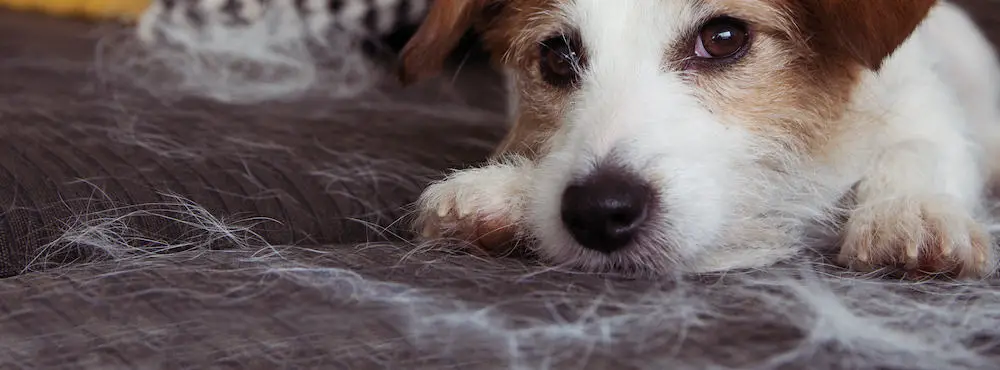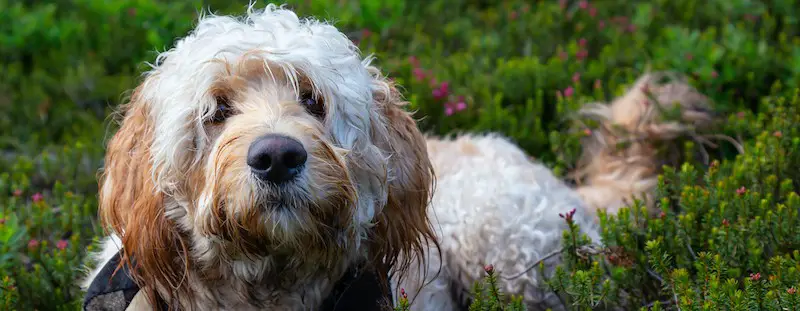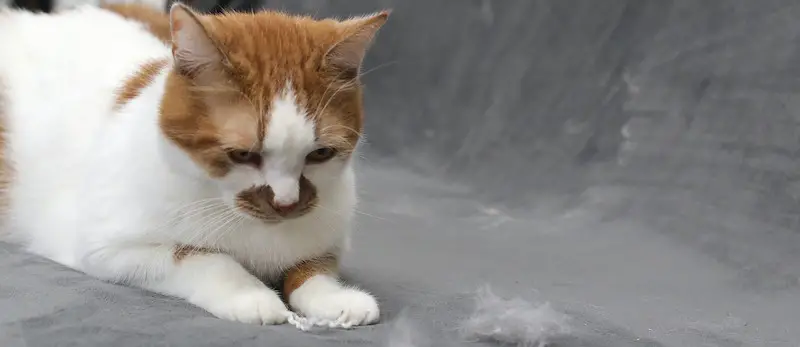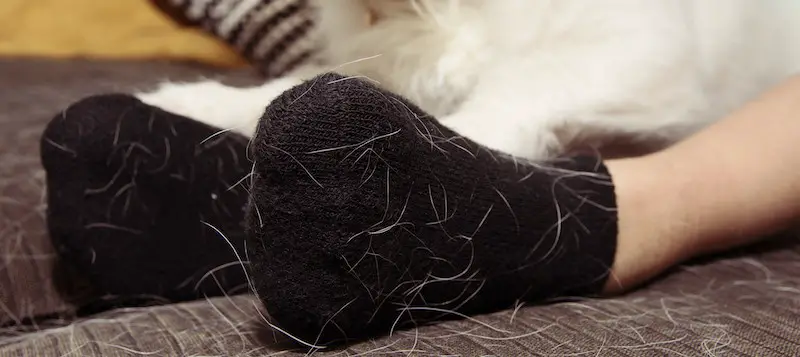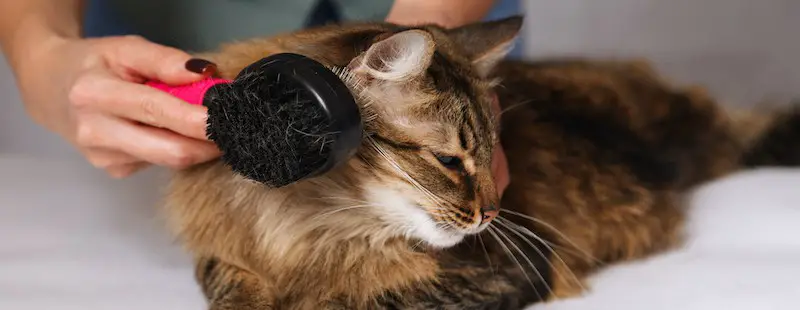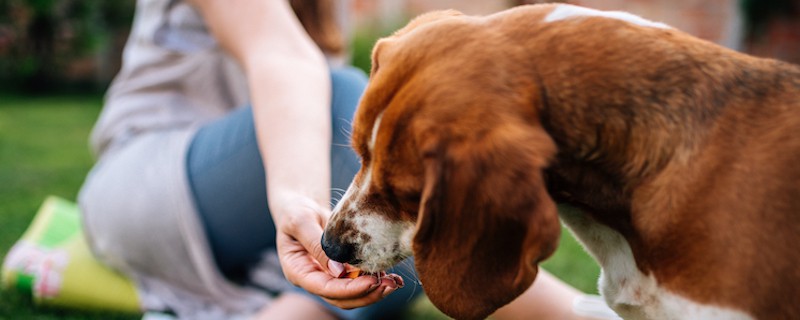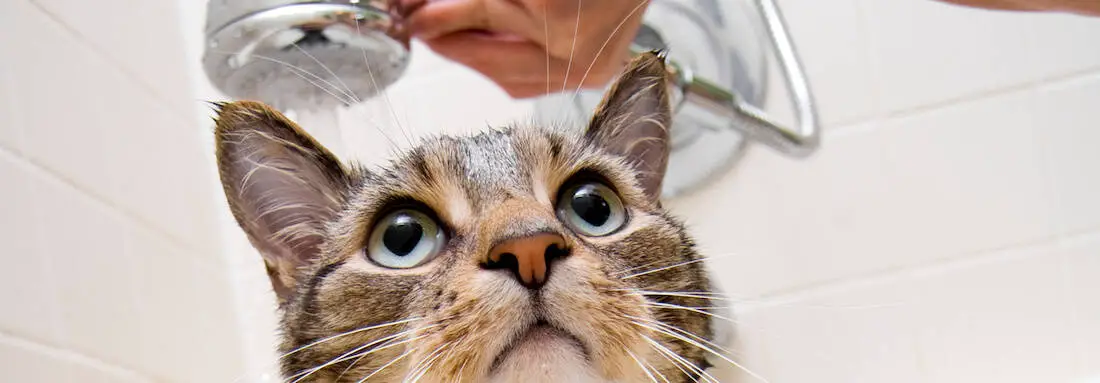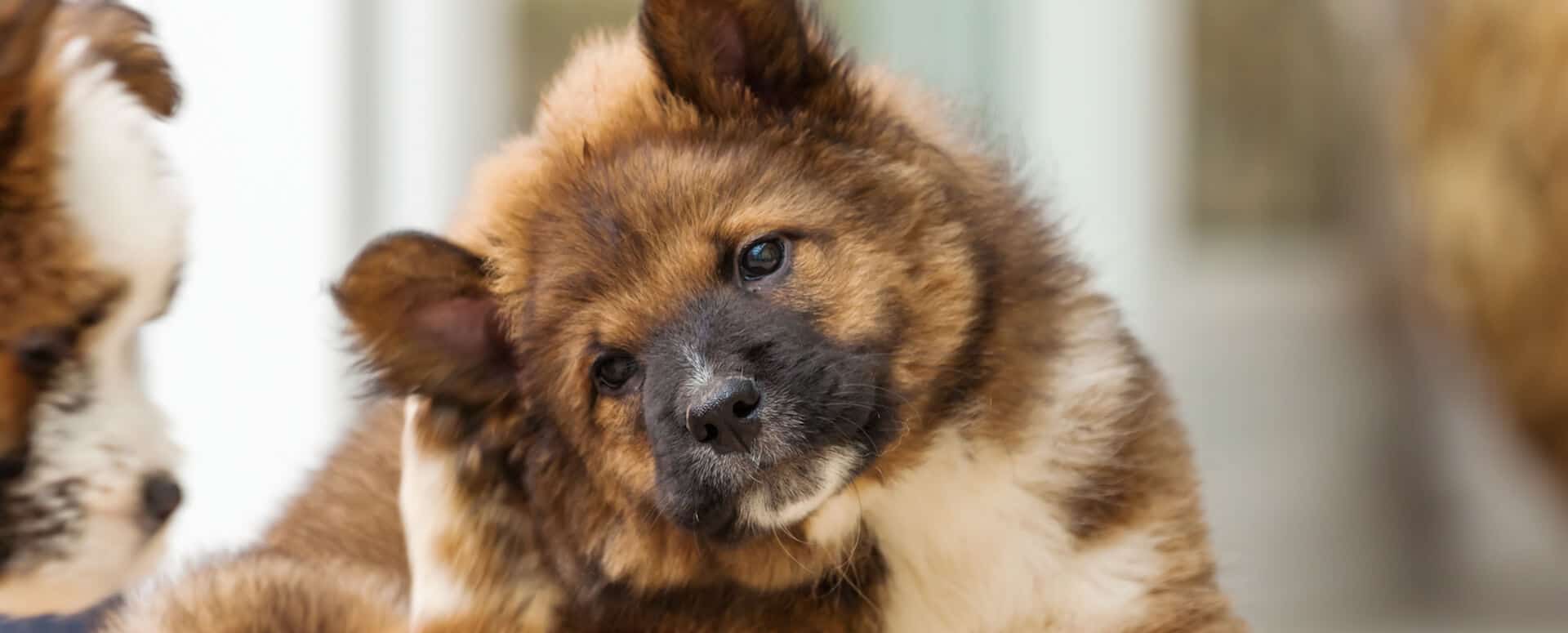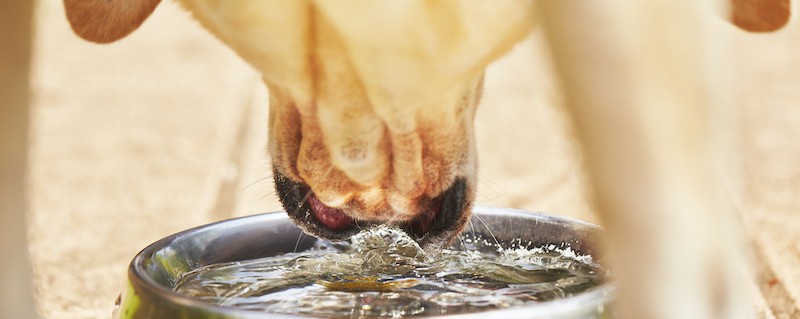Written by Dr. Ivana Crnec, DVM
Being a pet parent means dealing with loose hairs – both airborne and in places where you would least expect them. Pet hair and pets are like a package deal; you cannot have one without the other unless you go for a hairless pet.
The good news is shedding is normal and should not be feared. There are ways to manage your pet's shedding successfully. Not eliminate, but reduce to a manageable level.
In this article, we will discuss why pets shed, which dogs and cats shed the most and which the least, and what can be done to manage the shedding. Plus, we will offer some helpful cleaning tips for hair-covered homes.
Proper hydration is vital for keeping the skin moist and healthy.
A pet that does not drink enough water is more likely to develop dry and cracked skin. This skin issue is a risk factor for excessive shedding and low-quality coat.
Vet Tip:
Place bowls in several locations around the house to encourage your cat or dog to drink more water.
Cat and Dog Hair Shedding Solutions
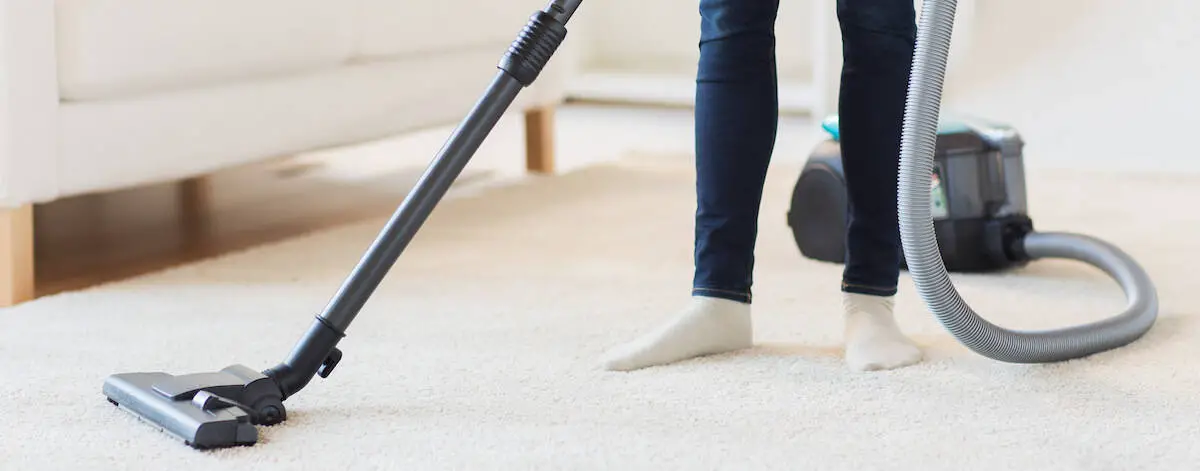
Because shedding is a normal way for animals to renew their coat, there is a limit to how much you can reduce shedding. Depending on your pet and its breed, you may be able to influence shedding significantly, but if you own a shedding pet, in the end, you have to accept loose hair.
Cleaning is the best way of keeping all that pet hair under control.
In addition to grooming and tips mentioned in the previous chapters, cleaning is definitely the most effective way of keeping all that pet hair under control. Luckily, there are many ways to help you remove all that hair and keep your home clean.
These are the top tips when it comes to reducing pet hair in your home.
Vacuum, vacuum, vacuum
Vacuuming is the most effective way of reducing pet hair. In addition to having a powerful vacuum that is up to the job and comes with all the necessary tools, you should also ensure you use it routinely to not let the pet hair build up.
Lint rollers are a must-have
Lint rollers are readily available and budget-friendly, especially if buying multiple pieces at once. They are suitable for quick cleaning and work perfectly on clothing and upholstery.
Use couch covers and materials that are pet hair friendly
If your pet is a heavy shedder, it is useful to cover the couches, at least during shedding season. Using couch covers will reduce the cleaning time greatly. You can use specially designed sofa covers, pet blankets, or throws. Also, if your pet sleeps next to you, picking bedding materials that repel pet hair helps a lot.
Just make sure the covers are made of materials that are easy to clean and preferably machine washable.
Stick to a cleaning routine
Having the right cleaning gear to fight pet hair is not enough, you actually have to use them routinely.
To start with, spend 5-10 minutes daily to vacuum high-traffic areas (or get a robot vacuum to do it for you!), wipe the surfaces, and mop the floors weekly. The mess doesn’t build up if you follow a good cleaning routine and do a bit of cleaning here and there.
Pro Tip:
You can also make it easier to keep that pet hair under control by training your pet. Teach your them to lay on top of a pet blanket, which is easier to wash than the couch covers. Or get a pet bed and train your pup to sleep in it instead of your couch or bed.
Bottom Line – Hairy Truth about Shedding Pets
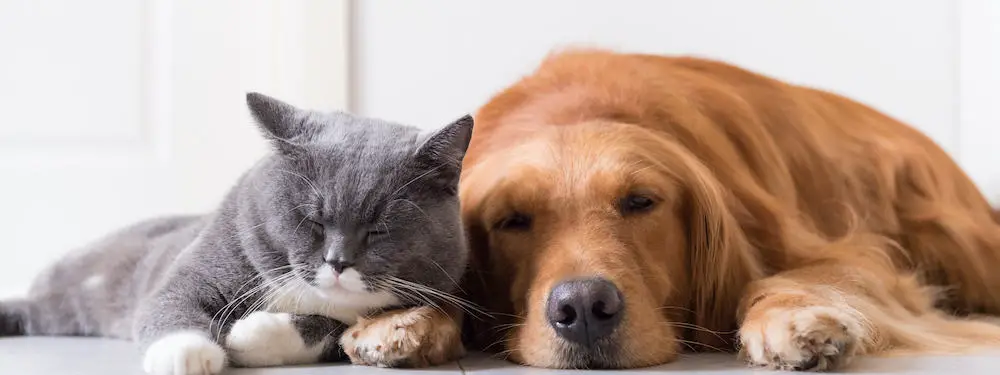
The next time you are nervous about the amount of hairs scattered around your house, remember shedding is considered a sign of health in pets. They are simply making room for new shinier and stronger fur.
Some pets shed more than others, but all hairy pets still shed. And many of people's favorite cat and dog breeds are actually heavy shedders, so annoying as it is, it's just a part of being a pet parent.
Luckily, you can do many things to control shedding, including brushing, de-shedding, and bathing your pet. A balanced diet and clean water are also key for preventing excessive shedding.
However, having a shedding family member also means you will need to invest a few extra hours in keeping your house as hair-free as possible. However, with a few key tools and a cleaning routine, you'll keep your home clean and hygienic – even with pets that shed.
1. PetsWebMD, Is Your Pet's Excessive Shedding a Sign of Illness, retrieved from https://pets.webmd.com/dogs/excessive-shedding-dogs
2. Total Veterinary Care, Hair of the Dog and Cat: What You Should Know About Pet Shedding, retrieved from https://www.totalveterinarycare.com/blog/hair-of-the-dog-and-cat-what-you-should-know-about-pet-shedding/
3. Vet West,Shedding in Cats and Dogs, retrieved from https://www.vetwest.com.au/pet-library/shedding-in-cats-and-dogs
4. RPCA Vet Insurance, Everything You Need to Know About Dog Shedding, retrieved from https://www.rspcapetinsurance.org.au/pet-care/dog-care/everything-about-dog-shedding
5. Pet Assure, Tips to Help with Shedding Cats, retrieved from https://www.petassure.com/new-newsletters/cats-shedding-winter-coats/

